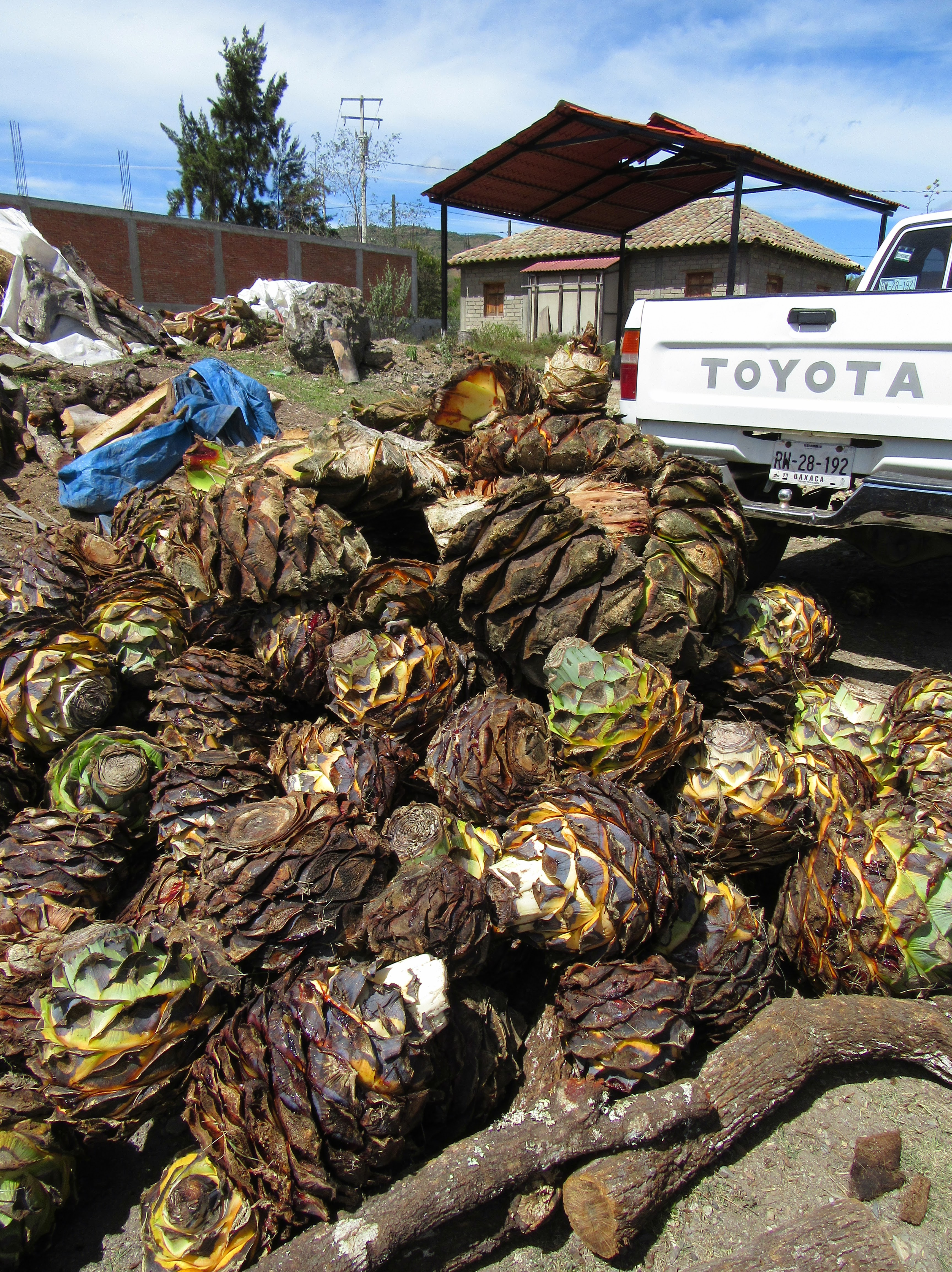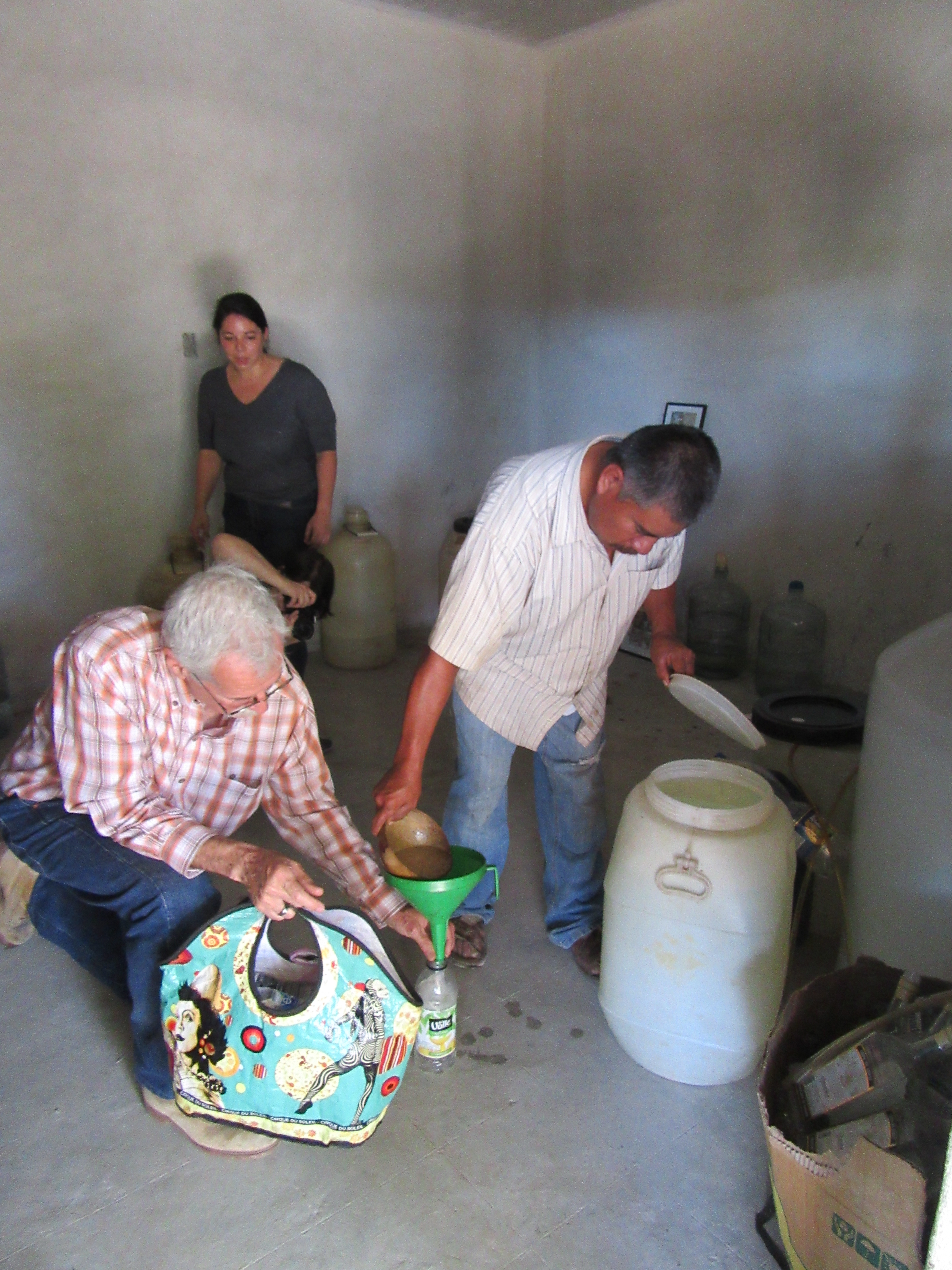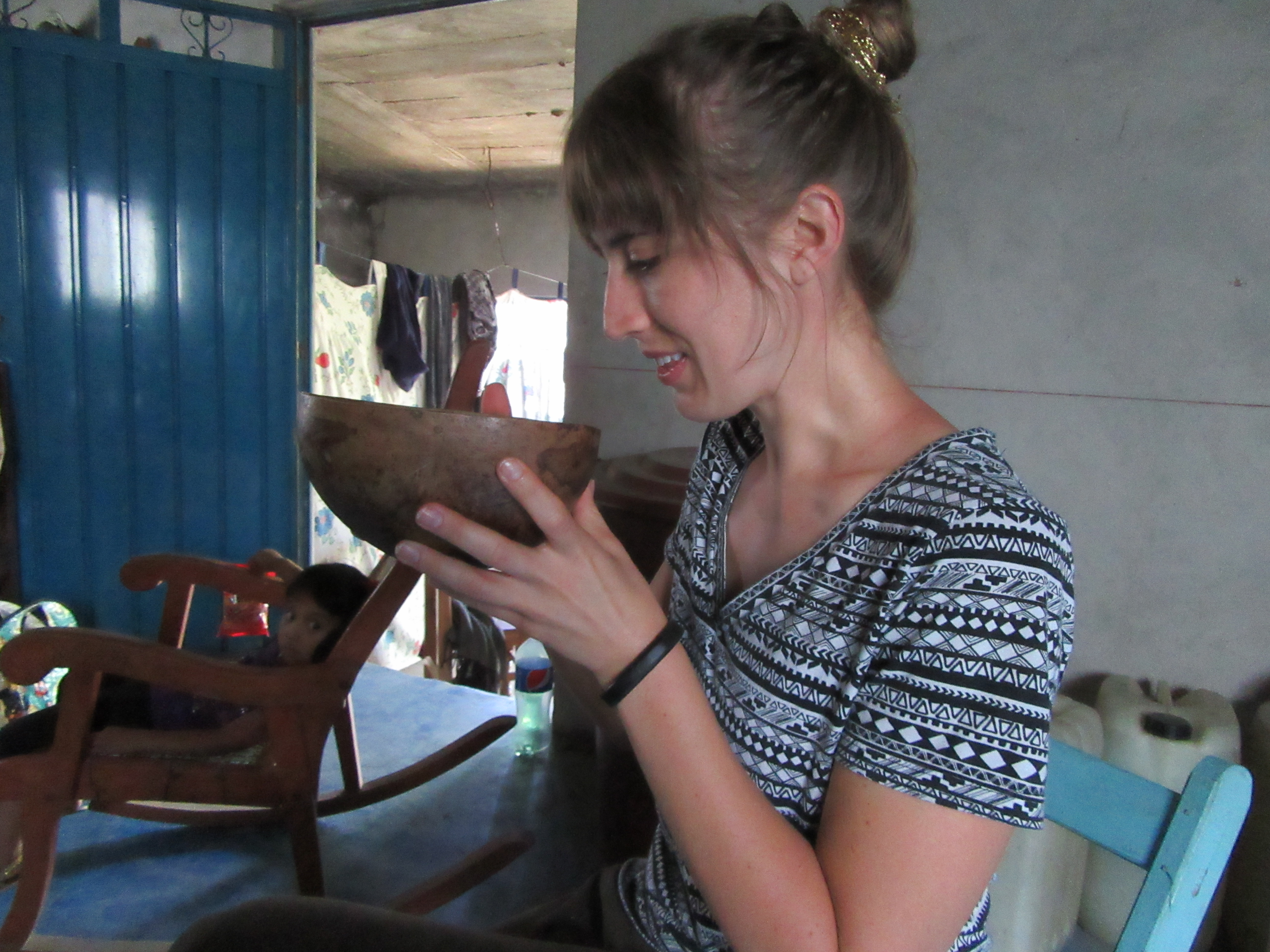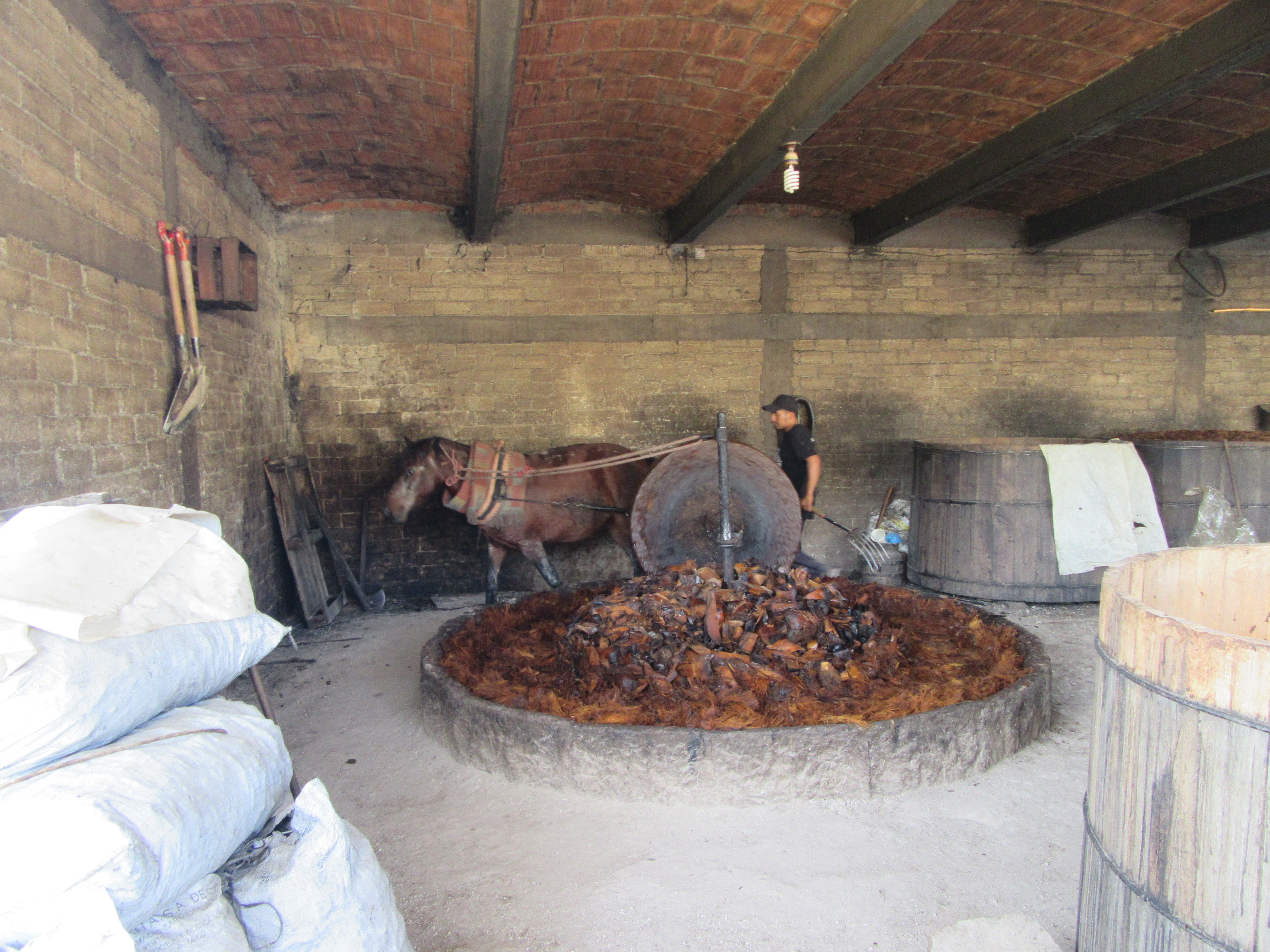
“So why did you decide to take a mezcal tour?” inquired the retired Canadian lawyer as he passed around a open bottle of said liquid. This was a great question as I was pretty clueless about the beverage when I paid the deposit for the Mezcal Educational Tour. Alvin, the previously mentioned lawyer turned tour guide, picked Eric and I up from our hostel where we joined two other women for an adventure in agave.
For those new to mezcal (like myself), mezcal is to tequila like scotch is to whiskey. Mezcal is an alcohol made from the agave plant similar to tequila, however mezcal must be made from 100% agave and can be produced in any region, whereas tequila is region specific and must be made from at least 51% agave. Oaxaca is the mecca of mezcal, with 570 of the 625 mezcal production facilities in Mexico. I might have not known anything about the drink before I hopped in the back of Alvin’s car, but I was certainly up for a learning experience.

As you might have already guessed Alvin, our tour guide is an international mezcal expert. This man makes most of my hard core beer snob friends look like amateurs. Oh you like beer? Well quit your job and move to a Belgian monastery and then we’ll talk. Alvin did just this, moving from Toronto to Oaxaca over a decade ago to write about, study, promote and of course drink mezcal. If you want to learn more about him, The Guardian wrote a great piece here.

The tour took us out of the city and into Oaxacan countryside. We started out at site which used traditional clay stills to make a variety of different mezcals. Agave pinas are harvested after anywhere between eight and twenty years (eight is much more common), they are cooked in enormous pit ovens and then smashed into a pulp. The pulping process is usually done with a machine but a handful of producers still do this by hand in pits filled with water. After the pinas are pulped, they sit in massive barrels to age and ferment. Sound familiar? The final step is a double distilling process which can vary immensely from site to site and producer to producer. One of the interpretations of mezcal this producer ferments is Pechuga, in which a raw chicken breast is hung into the still until it cooks or dissolves. Yum! One of my favorite mezcals was a pechuga style but with fruit hanging in the still instead of raw chicken. Mezcal packs a heavy punch and the fruit mellowed it out a little.

Next stop on the tour was a cooperative for farmers who have yet to afford their own still. The men at this site were increasingly macho and aggressive to us. After taking numerous shots with a man that did not believe in breaking eye contact, we were on to the next village. Here we meet a woman and her child who blended and brewed her own mezcal. She had some exotic mezcals at her place, including one which was fermented with a snake. It didn’t taste much different then regular, but it did numb my throat a little bit as it went down. We ended up buying a snake free mix from this woman who the mezcal poured in into plastic bottle for Alvin to rebottle. Had to get it through customs somehow!

After this we when to another local home where we sampled pulque. Pulque is also made from agave but it is the fermented sap instead of the pina. It is a sour milky beverage which I absolutely adored. I wouldn’t recommended to everyone but as a die-hard Makgeoii – Korean rice wine – fan, pulque was right up my alley. Sadly, pulque is best drank fresh and would have spoiled on the trip home. I am not sure if i’ll ever get to drink its funky goodness again. If anyone has a pulque place recommendation in Atlanta, I would be super grateful!
At the end of the day, I had gone from being a mezcal neophyte to knowing the difference between a reposado* and an anjeo.** I highly recommend Mezcal Educational Tours for anyone who wants to learn more about agave based drinks, drive around while sampling and get off the main tourist drag.
Up next – The beautiful colonial city of Puebla and most importantly, back to beer!
*A mezcal aged in oak barrels for more than two months but less than a year.
**A mezcal aged in oak barrels between one and three years .

Be First to Comment